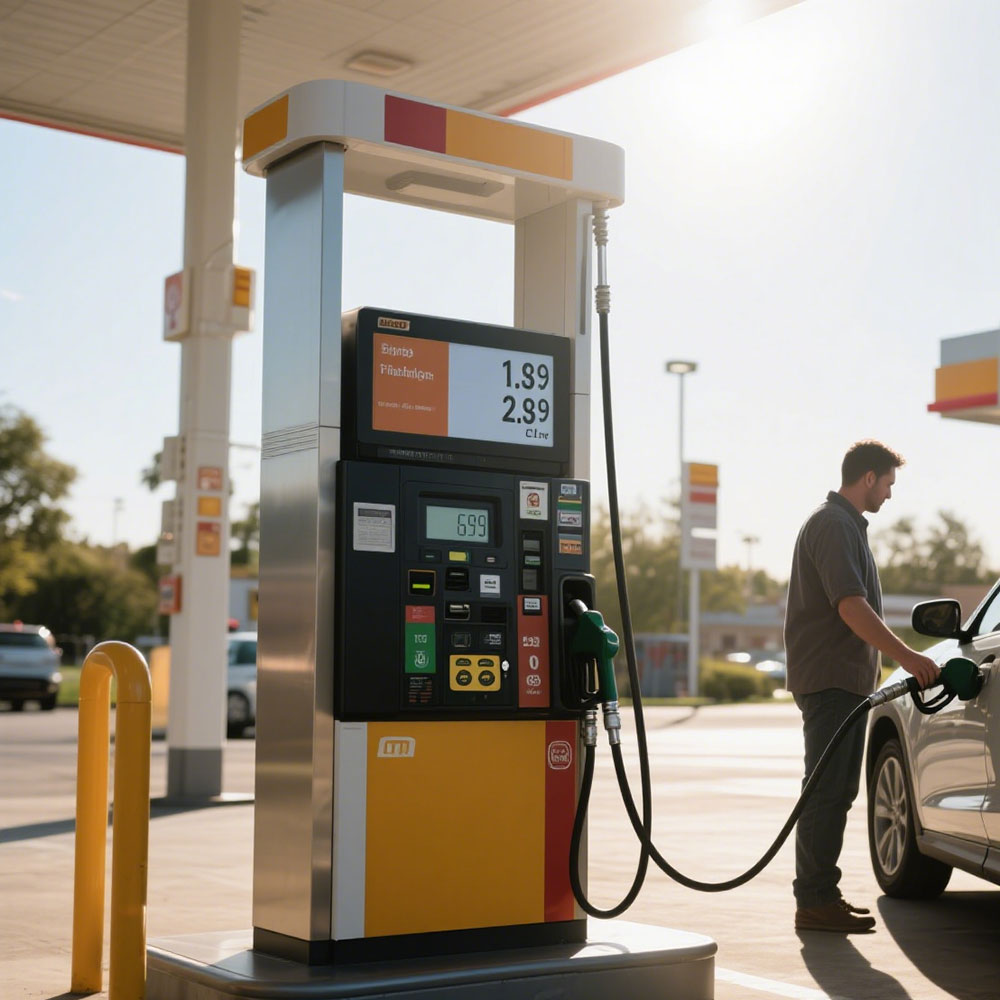공공 장소, 광고, 운송 허브 또는 산업 응용 프로그램을위한 실외 LCD 화면을 설계하거나 선택할 때 해상도는 고려해야 할 가장 중요한 기술적 매개 변수 중 하나입니다. 현대 실외 디스플레이에서 2K 및 4K 해상도 옵션을 모두 사용할 수 있다는 것은 특히 직사광선이나 낮은 주변 광선과 같은 까다로운 조명 조건에서 더 높은 이미지 선명도에 대한 수요가 증가하고 있음을 반영합니다.
2K 해상도 (일반적으로 2560 × 1440 픽셀) 는 표준 HD (1920 × 1080) 보다 크게 개선되어 더 선명한 텍스트, 더 부드러운 그라디언트 및 더 자세한 이미지를 제공합니다. 시청자가 다양한 거리에있을 수있는 도시 환경의 디지털 사이 니지에 이상적입니다. SMPTE (Society of Motion Picture and Television Engineers) 에 따르면 2K 는 성능과 비용 효율성 간의 균형으로 인해 상업용 야외 미디어에 널리 채택됩니다. 예를 들어, 2K 해상도의 55 인치 실외 LED 디스플레이는 에너지 효율과 내구성을 유지하면서 뛰어난 시각적 충실도를 제공 할 수 있습니다.
4K 해상도 (3840 × 2160 픽셀) 는 Full HD의 픽셀 밀도의 4 배를 제공하여 가까이에서 볼 때도 선명하게 유지되는 초 고화질 콘텐츠를 가능하게함으로써이를 더욱 발전시킵니다. 이는 시청자가 영화 품질의 영상을 기대하는 쇼핑몰, 경기장 또는 공항 정보 키오스크와 같은 교통량이 많은 지역에 특히 유용합니다. IEC (International Electrotechnical Commission) 의 업계 벤치 마크에 따르면 4K 실외 스크린은 밝은 일광에서 가시성을 유지하기 위해 향상된 밝기 (일반적으로 5,000-10,000 니트) 와 눈부심 방지 코팅을 통합해야합니다.

두 해상도 모두 이제 IPS 패널, 넓은 시야각 및 IP65/IP66 내후성과 같은 첨단 기술을 통합하는 LG, Samsung 및 Sharp와 같은 제조업체의 전문 등급 실외 LCD의 표준입니다. 이러한 기능은 극한 온도 (-30 ° C ~ 60 ° C) 및 습도 수준 (최대 95% RH) 에 걸쳐 일관된 성능을 보장합니다. 두바이의 도심 광고판에서 Tokyo-2K 및 4K 야외 화면의 환승 스테이션 디스플레이에 이르기까지 실제 배포에서는 참여를 높이고 유지 보수 비용을 줄이며 메시지 보존을 개선하는 데 그 가치가 입증되었습니다.
프로젝트 관리자의 경우 2K 와 4K 를 선택하는 것은 예산, 시청 거리 및 콘텐츠 복잡성에 따라 다릅니다. 2K 솔루션은 범용 디지털 사이 니지에 충분할 수 있으며 프리미엄 브랜딩, 라이브 비디오 스트리밍 또는 대화 형 설치에는 4K 가 권장됩니다. 실외 디스플레이에서 HDR (High Dynamic Range) 및 AI 기반 이미지 최적화가 증가함에 따라 미래는 환경 변화에 실시간으로 적응하는 스마트 고해상도 화면에 있습니다.







